2.7K Views
Striped Skunk

by
A-1 Watkins Pest & Termite Control
(IC: professional)
Striped Skunks are easily recognized by their unique color & pattern; black fur with a white stripe that begins as a triangular shape on the top of the head and splits into two stripes that travel down the sides of the back and come together again near the base of the tail. They also have a white stripe running from their nose between their eyes and ending on their forehead. Striped Skunks are about the size of a house cat, with a small head, small ears, short legs and a long, fluffy tail. They can be found throughout much of North America, Canada and Mexico and prefer open areas with a mixture of habitats such as woods, grasslands, farms and suburban areas that are near water sources. They usually nest in burrows constructed by other animals, but can also live in hollow logs, under fences/walls, in drainage pipes, ditches, under mobile homes, crawl spaces, porches or even vacant buildings. When the weather is warm, they choose resting areas above ground and during he coldest parts of winter, they prefer underground areas, where they will spend most of their time. Striped Skunks breed from late-February to mid-March and the females will give birth 59-77 days afterward. Skunk litters average 6, helpless baby kits. Theses babies are blind, deaf and hairless when they are born and very noisy, uttering a twittering sound. They don't open their eyes or ears until they are 24-35 days old, however they are capable of spraying skunk musk as early as 8 days old (although they have little ability to aim). Striped Skunks are omnivorous and nocturnal, whith excellent hearing, but terrible eyesight. They hunt at night and eat mostly insects (a wide variety of them), many of which are pests to humans. They also eat plant material, grains, fruits, nuts, bird & turtle eggs, reptiles, small mammals, mice, garbage and even fish. They eat more heavily during the fall to increase their stored body fat for winter survival. Striped Skunks have perhaps the most widely known defense system of any mammal, the scent-spraying mechanism; a hard-to-remove, horrible smelling spray.They usually do not spray unless their life is in danger, then they will bend into a U-shape with both head and rear facing the enemy and squirt out two streams of fluid from their rear end that can travel up to 10 feet. The spray often causes nausea and burns the eyes and nasal cavities of the unfortunate target (If you do get sprayed, natural tears will quickly remove the chemiclas from the eyes or you can flush eyes with cold water to ease the discomfort. You can use Carbolic soap for the skin. For clothes, combine 1 quart of 3% hydrogen peroxide with 1/4 cup of baking soda and 1 teaspoon of liquid soap). Because of their offensive odor, Skunks are rarely preyed on by mammalian predators, instead they are eaten primarily by large birds, such as great-horned owls and red-tailed hawks. Striped Skunks are usually very docile, gentle, non agressive animals, but are also primary carriers of Rabies. Those affected will bite or attack humans or other animals. These Skunks show signs of abnormal behaviors such as paralysis, unprovoked aggression, moving in circles, self-mutilation and should immediately be reported to your local animal control center. Some measures can be taken to discourage Skunks from sticking around, which include: removing garbage, putting away pet food at night and eliminating convenient denning sites such as wood and rock piles, elevated sheds and openings under concrete slabs / porches / crawl spaces.
Enjoyed the project?
Published November 30th, 2012 5:26 PM
Comments
Join the conversation
2 of 4 comments
-
Your very welcome
 A-1 Watkins Pest & Termite Control
on Dec 03, 2012
A-1 Watkins Pest & Termite Control
on Dec 03, 2012
-
-




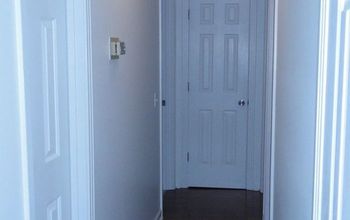
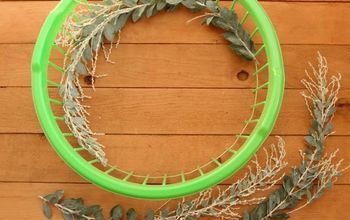
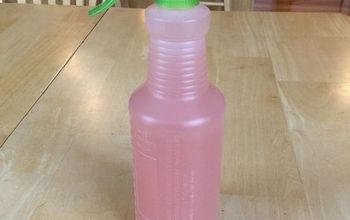
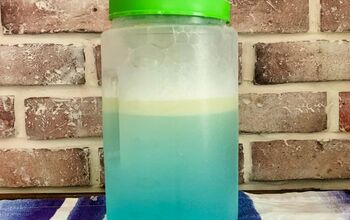
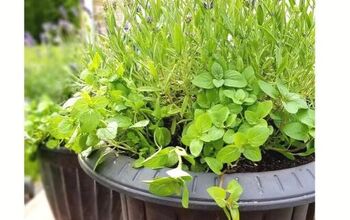
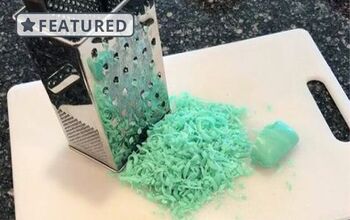

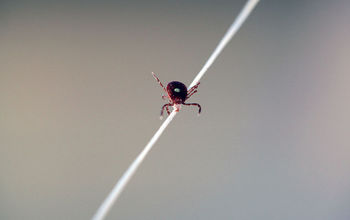

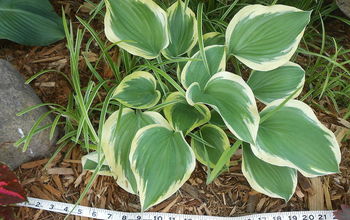
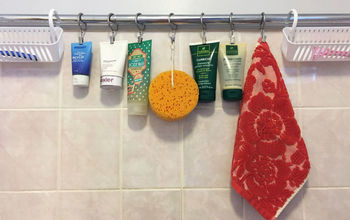


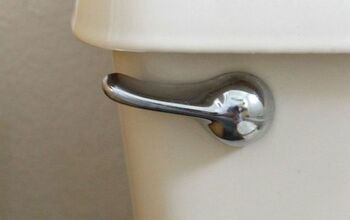


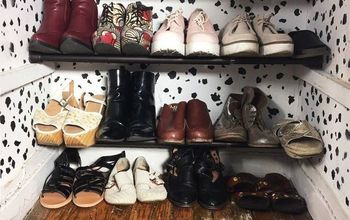


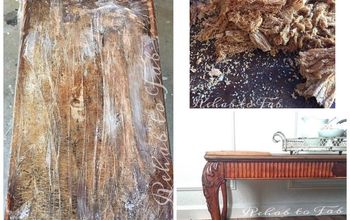
Frequently asked questions
Have a question about this project?
So when you give the recipe for washing clothes in the washing machine Do I put the entire quart mixture of peroxide baking soda and dish soap in one load of laundry? Or do I put a smaller amount of that in a load?